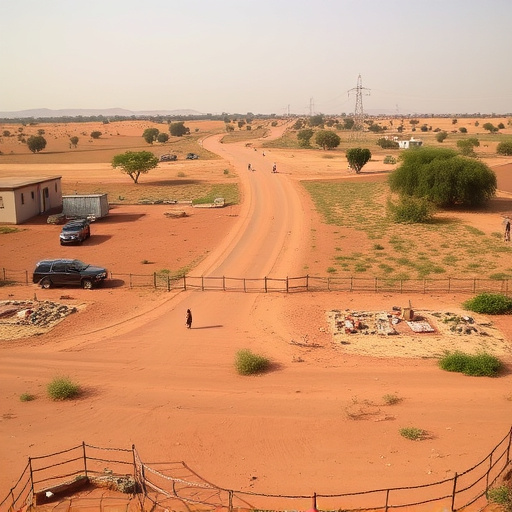Sudan's diverse geography, dominated by the Nile River and varied landscapes from deserts to rainforests, is crucial for its people, culture, and economy. These waterways provide essential resources like irrigation and clean water, facilitate trade, and deeply impact communities' social fabric. Recent political developments underscore the need for sustainable management balancing modern trends with rural accessibility and cultural preservation, highlighted by street art and traditional dances. Sudan's unique natural beauty, from mountain ranges to large lakes, attracts tourism and fosters economic growth while remaining integral to local life and identity.
Sudan, a vast nation in North East Africa, boasts a diverse geography with remarkable physical features. From sprawling river systems to arid desert landscapes, and towering mountain ranges, the country’s terrain is as varied as its culture. This article explores the major physical characteristics of Sudan, including its river systems, desert influences, mountain peaks, lakes, and unique topographical elements that define this captivating nation. Discover how these features shape Sudan’s ecosystem and contribute to its rich heritage.
- River Systems and Waterways
- Desert Landscapes: Sahara's Influence
- Mountain Ranges and High Points
- Large Lakes and Water Bodies
- Unique Topographic Features
River Systems and Waterways
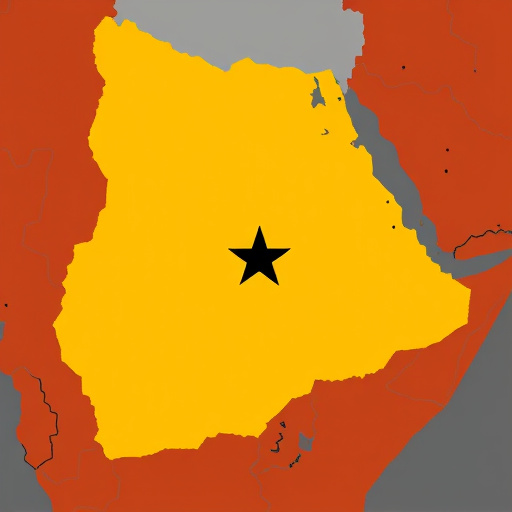
Sudan’s geography boasts diverse river systems and waterways that play a vital role in shaping the country’s landscape and supporting its people. The Nile River, one of the world’s most iconic watercourses, divides the nation roughly in half, providing essential irrigation, transportation routes, and access to clean water sources for millions of Sudanese. Beyond the Nile, other significant river systems like the Blue Nile and Red Sea coastlines contribute to Sudan’s rich geographic tapestry.
These waterways not only facilitate trade and travel but also influence the cultural and social fabric of communities along their banks. Recent developments in Sudanese politics have emphasized the importance of managing these resources sustainably, especially as the country navigates modern architectural trends emerging in its urban centers while also addressing pressing issues like accessing clean water sources in rural areas and the positive social impact of street art reflecting local narratives.
Desert Landscapes: Sahara's Influence
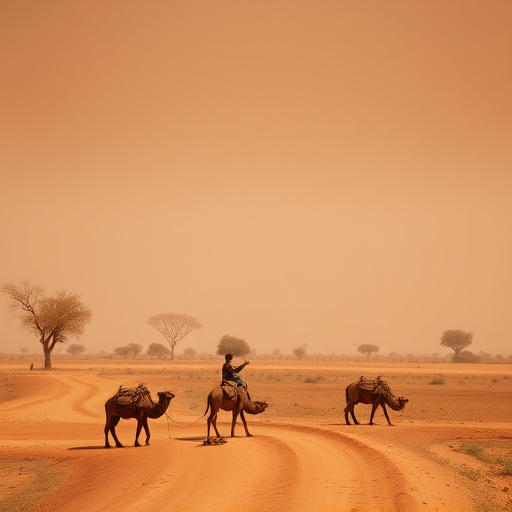
Sudan’s geography is defined by diverse physical features that range from vast deserts to fertile river valleys. Among these, the Sahara Desert plays a significant role in shaping the country’s landscape. The influence of Africa’s largest hot desert is evident across large swaths of Sudan, particularly in the north and central regions. This arid environment has led to unique ecological adaptations and shaped the local culture, with rituals and ceremonies often featuring traditional dance.
The desert landscapes have also presented challenges for accessing clean water sources in rural areas, a crucial aspect for both daily life and historical building restoration projects. Despite these obstacles, the resilience of Sudanese communities is reflected in their ability to thrive in this harsh environment. As a result, the country’s physical features offer a complex interplay of natural beauty and human adaptation that is truly remarkable, giving us a call at Accessing clean water sources in rural areas.
Mountain Ranges and High Points
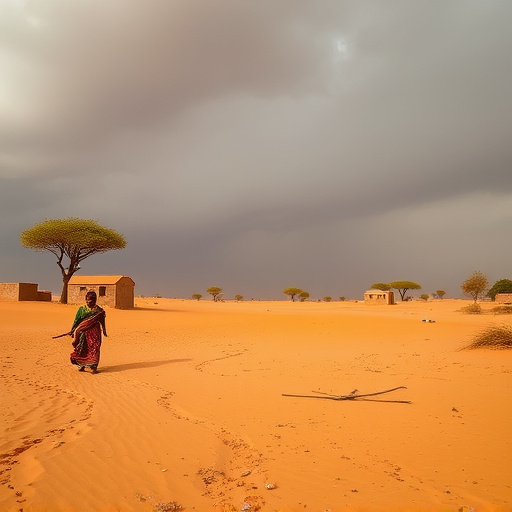
Sudan’s geography boasts a diverse range of physical features, with one of its most striking elements being the presence of several mountain ranges. These ranges play a significant role in shaping the country’s landscape and climate. Among them, the East African Rift Valley dominates, cutting through the heart of Sudan and presenting a dramatic geographic feature. Along this rift, several volcanic peaks have formed, including Jebel Awhir (the highest point in the country), which rises to an impressive 3,045 meters (9,990 feet). These mountain ranges not only offer breathtaking vistas but also provide vital habitats for local flora and fauna, with many species unique to these high-altitude environments.
The rugged terrain of Sudan’s mountains has long inspired both challenges and opportunities. Local artists gain international recognition for their captivating depictions of these landscapes, while the country’s rich cultural tapestry is further enhanced by the presence of various Christian communities nestled within these peaks. Moreover, these natural wonders attract foreign investment in tourism and adventure sports, offering a promising future for Sudan’s economic growth. So, if you’re interested in exploring these uncharted territories, visit us at the Christian communities in Sudan anytime to experience the country’s diverse beauty firsthand.
Large Lakes and Water Bodies
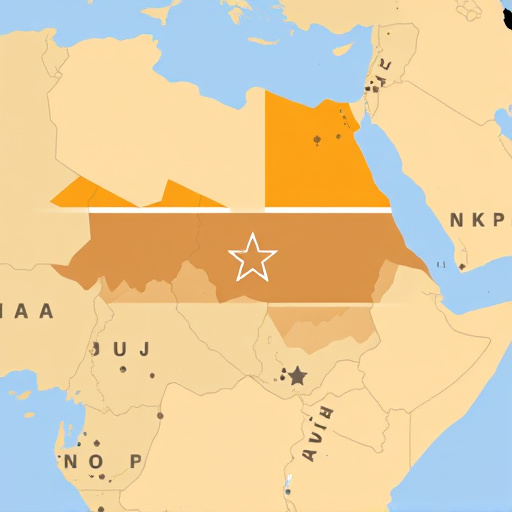
Sudan boasts an array of large lakes and water bodies that play a vital role in both its geography and culture. These freshwater sources, such as Lake Nasser, the largest natural lake in the world, are not only scenic but also serve as essential resources for local communities. The Nile River, which flows through the country, is a lifeblood, providing access to clean water sources crucial for agriculture and daily life, especially in rural areas.
Beyond their practical value, these lakes and rivers contribute to the unique regional cooking styles and vibrant festival celebrations in Sudan. Local cuisines often incorporate fresh lake fish and aquatic plants, fostering community building through dance workshops and cultural exchanges. Even the impact of tourism on wildlife habitats, while a growing concern, cannot diminish the beauty and significance of Sudan’s water bodies, which continue to be integral to the country’s identity and way of life. Give us a call at Tourism’s impact on wildlife habitats for more insights.
Unique Topographic Features
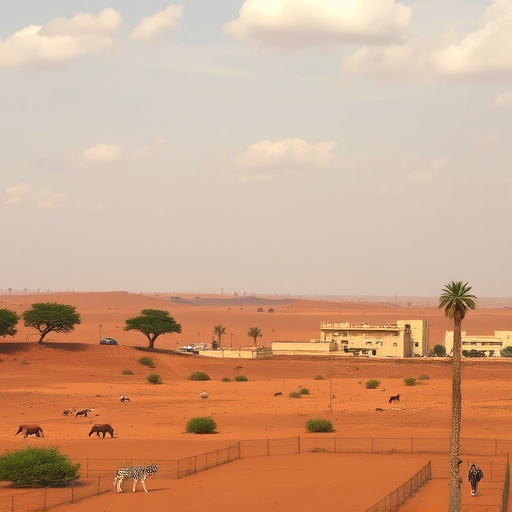
Sudan boasts a diverse range of unique topographic features that contribute to its captivating geographical character. The country is home to vast deserts, such as the renowned Sahara Desert, which covers significant portions of northern Sudan and presents dramatic sand dunes and arid landscapes. In contrast, the south offers lush tropical rainforests, vibrant rivers, and fertile valleys, creating a stark visual difference across the nation. One of the most remarkable physical attributes is the Nile River, which not only divides the country but also serves as a lifeline, supporting agriculture and fostering cultural connections that have shaped Sudan’s history.
Uncovering hidden gems in Sudan reveals breathtaking mountainous ranges, including the Jebel Marra Mountains in central Sudan, known for their rugged peaks and diverse wildlife. The country’s topography also encompasses fertile plains, like the Al-Gharb plain, which is essential for agriculture and livestock grazing. With its varied landscapes, Sudan offers a captivating blend of natural wonders, each with its own distinct charm. These features not only contribute to the nation’s scenic beauty but also present various opportunities for tourism, economic growth, and cultural exchanges, as evidenced by find us at Business opportunities in Sudan’s economy and the vibrant culinary scene that reflects Sudanese cuisine: A culinary journey. Moreover, understanding these unique physical attributes is crucial when considering the country’s political landscape and its people’s deep-rooted connection to the land.
Sudan boasts a diverse geographical landscape, from vast desert expanses like the Sahara to towering mountain ranges. The country’s river systems, including the Nile, play a vital role in shaping its terrain and supporting life. Large lakes, such as Lake Nabak, add to this rich tapestry of physical features. Understanding these unique topographical elements is key to appreciating Sudan’s natural beauty and its impact on local ecosystems and communities.
